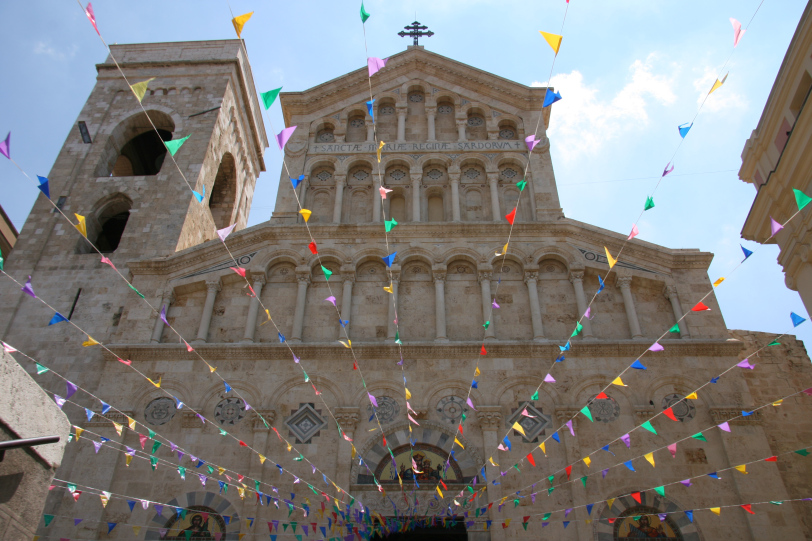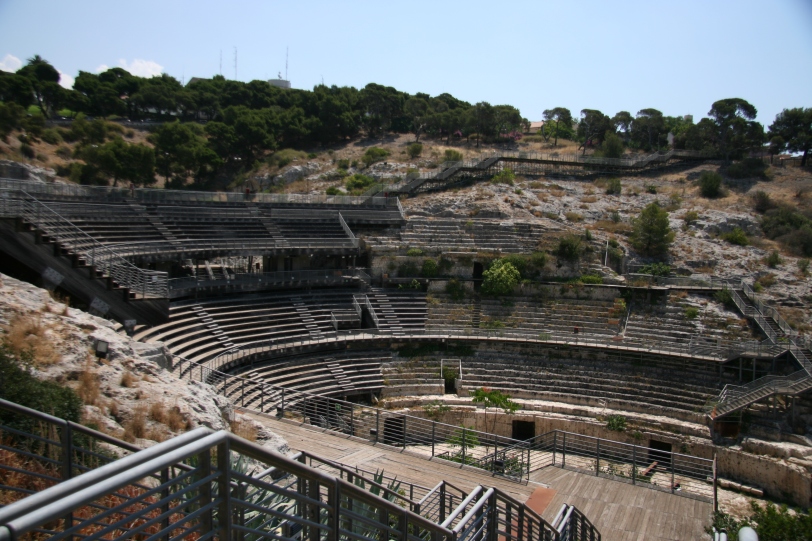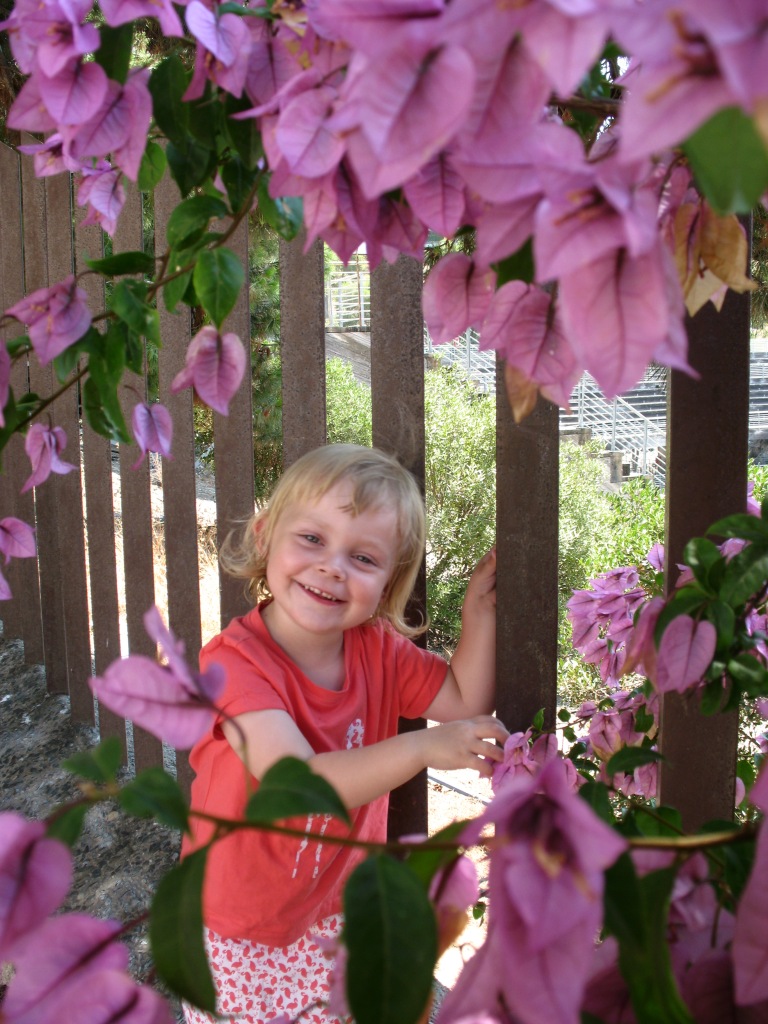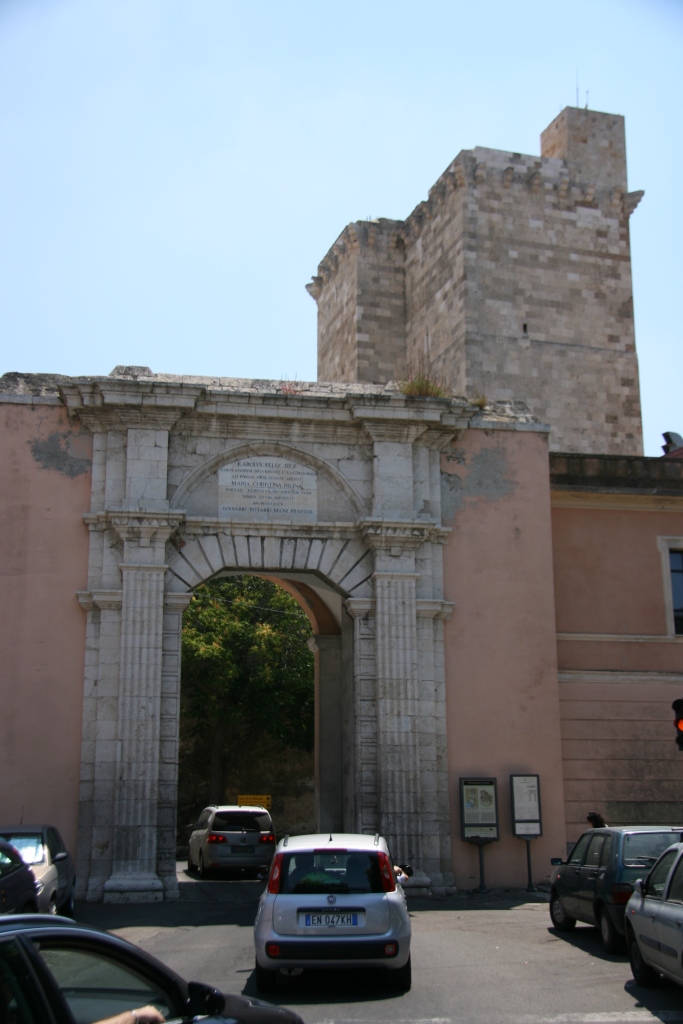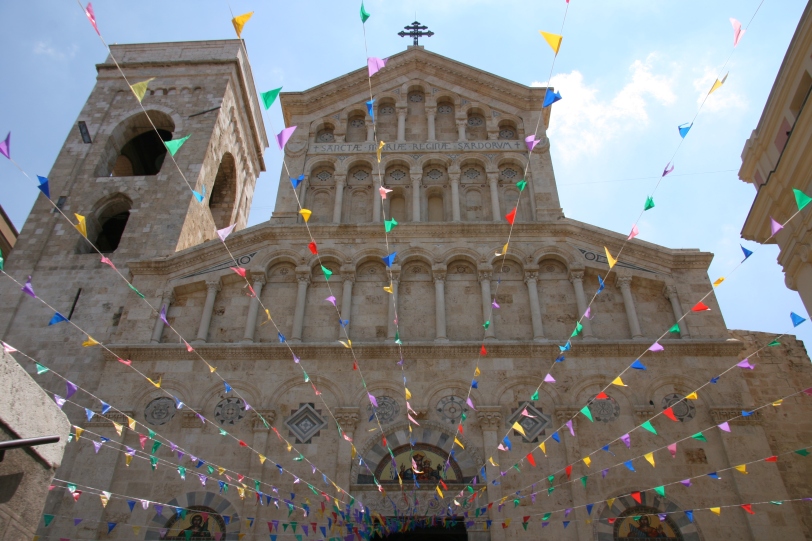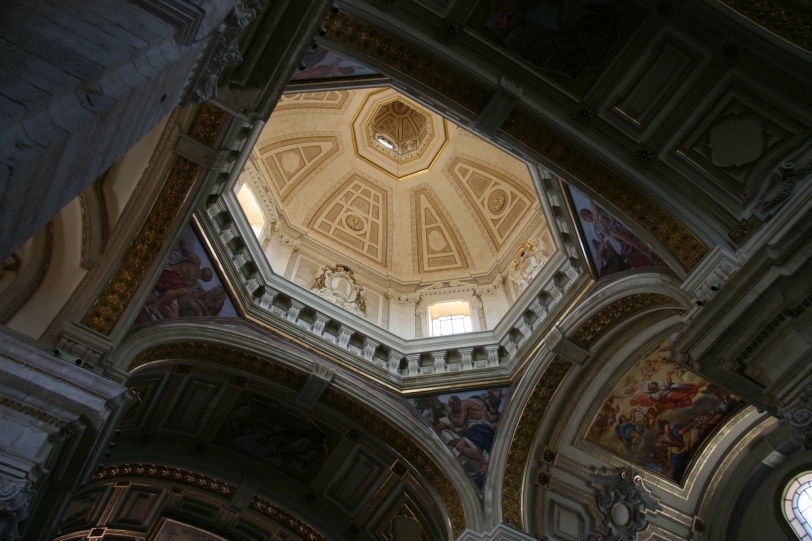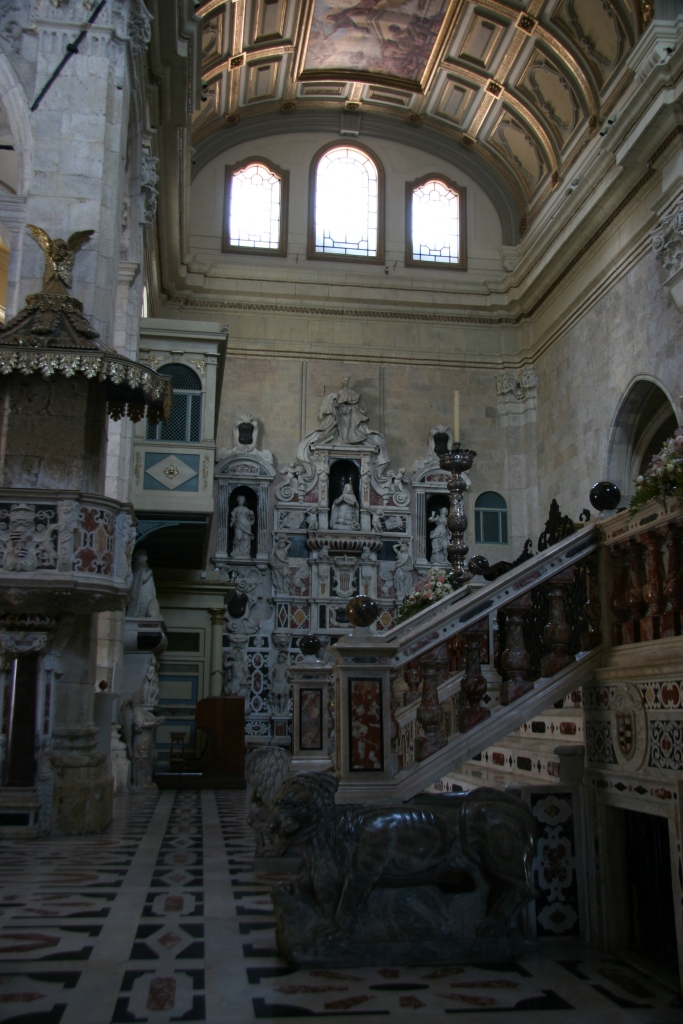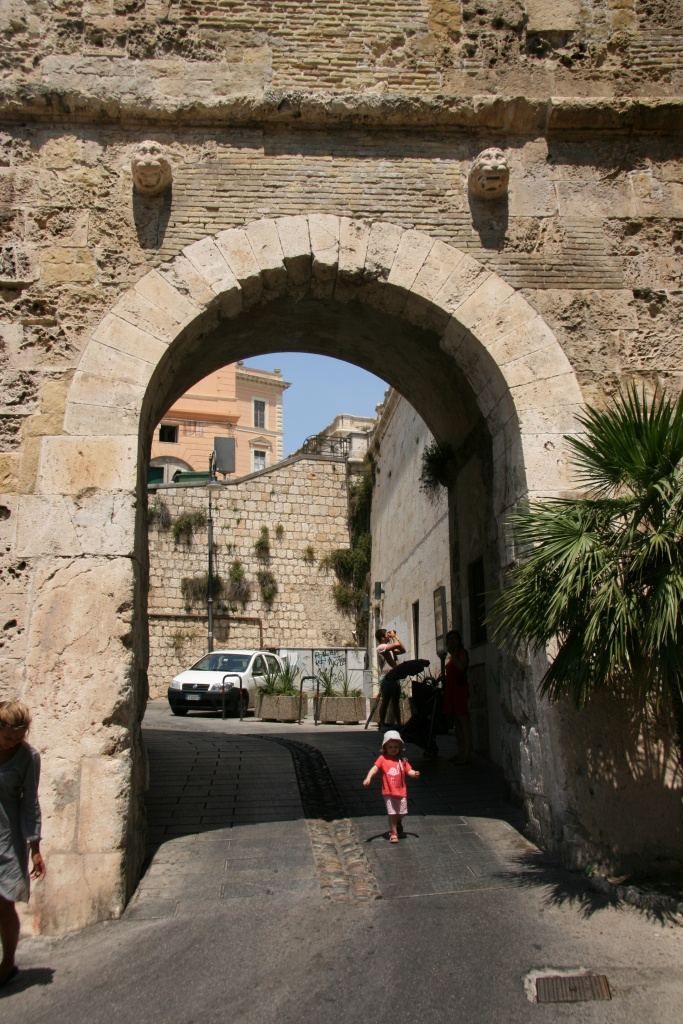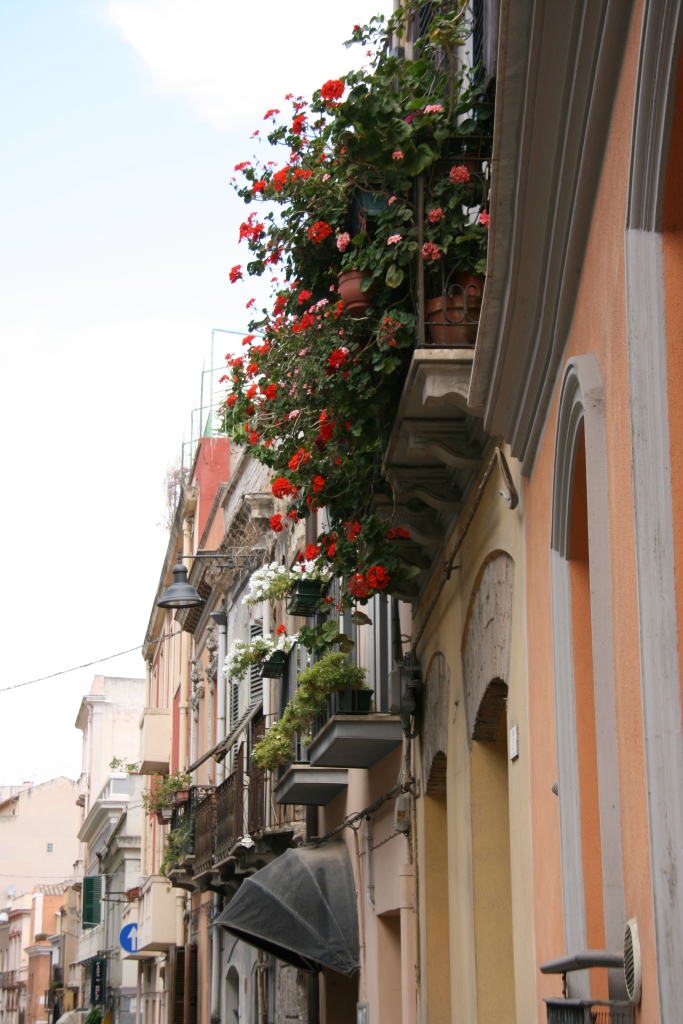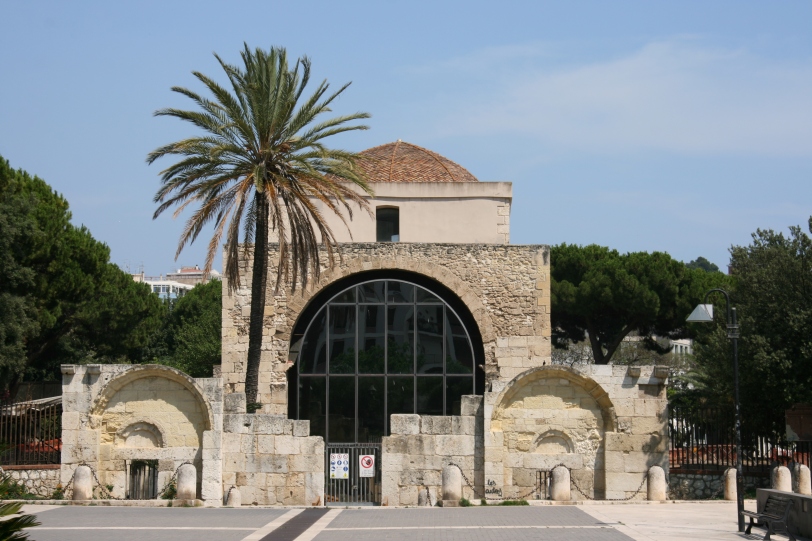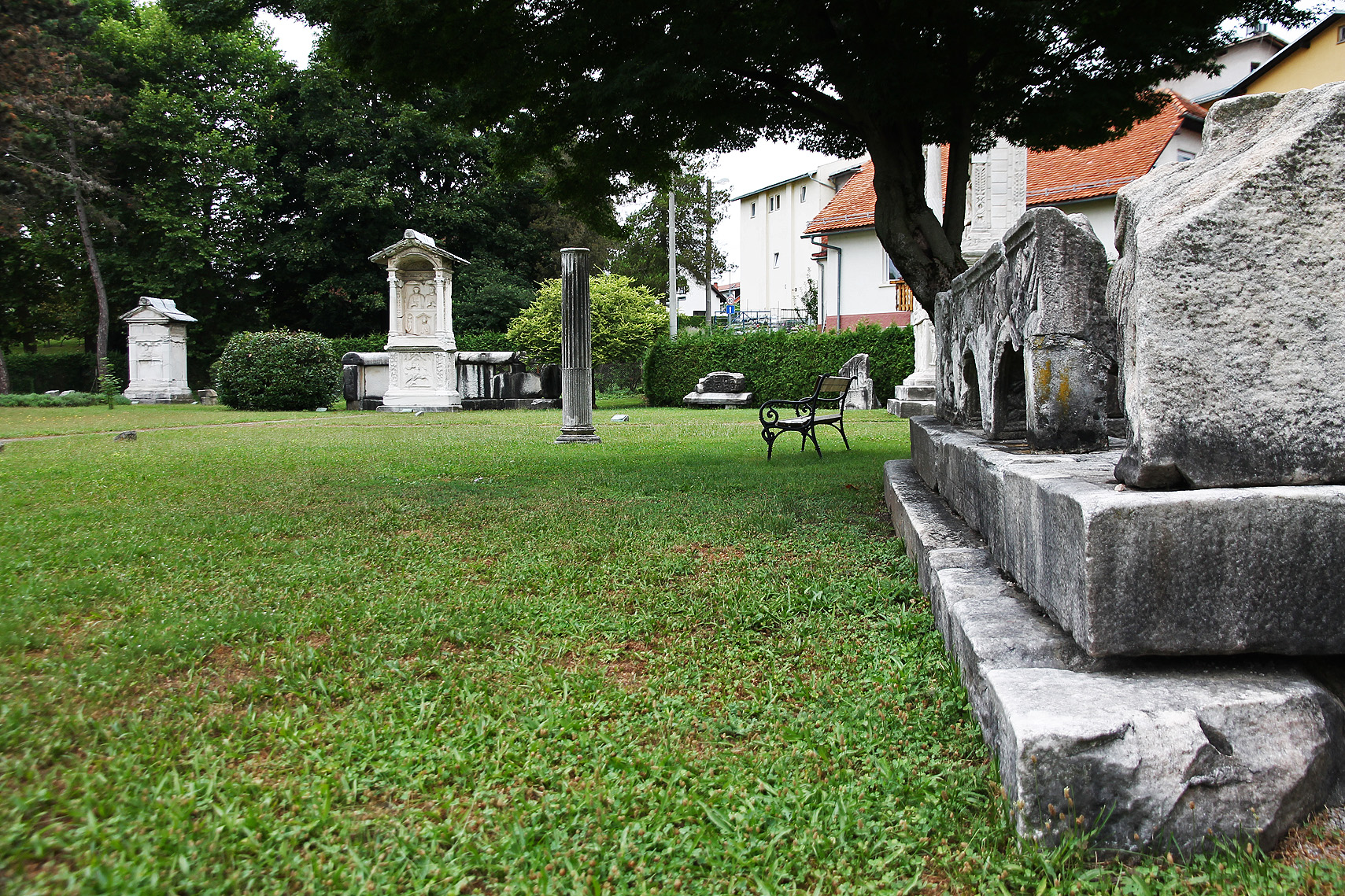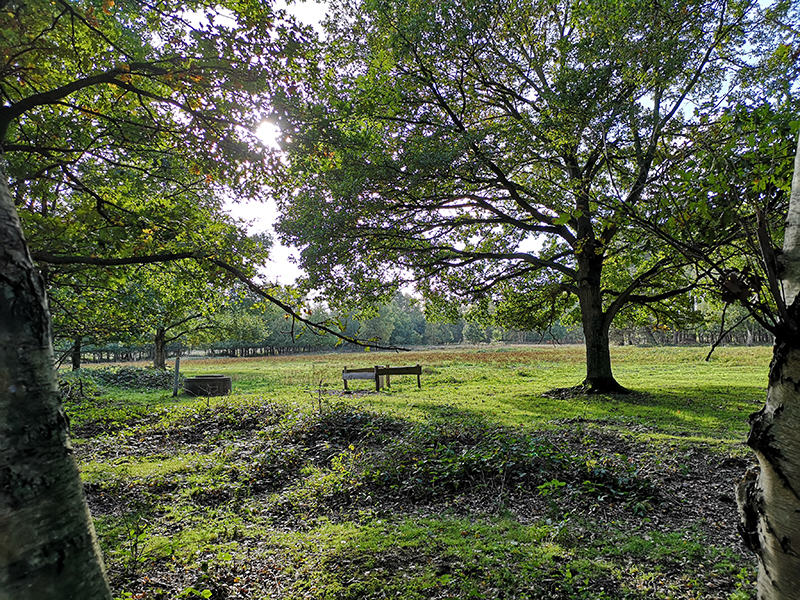Sardegna (or Sardinia, if you like) is different.
It is different from the remainder of Italy, that is. Islands always have that sense of uniqueness: you feel that although they are officially part of a certain country, they still have their own identity. For example, Guadeloupe has nothing in common with the rest of France, except for the language. In the same way, Greenland is completely different from the Danish mainland. Of course, these islands are located far away from “their” capitals. And yet, although you constantly hear and see Italian on Sardegna, it does feel different.
The island has a long history of independence, and a long history of foreign domination as well. And although the first inhabitants came from the Italian mainland, the Sardinians developed a unique culture ánd a unique cucina. Throughout the long history of Sardegna, this culture has partly remained and has partly evolved, and there are still many reminders of this history to be found (e.g. nuraghi). Of course, the presence of Phoenicians, Romans and other settlers also left its marks, which, in my opinion, only added to the island’s charm.
And so, Sardegna has a capital. A capital that might look very “Italian”, but with the rough edge of an independent people. The city fits well with this laid-back island: calm – green – historical.
We visited Cagliari during our week-long roadtrip on the island (in July), and stayed there for 3 days. This gave us enough time to visit both the city itself ánd a few highlights nearby.
The Molentargius Saline Regional Park
Quite the disappointment for us. We were expecting a relaxing walk between hundreds of flamingoes, but it turned out to be much less of a fairytale. First of all, it was bloody hot that day. The man at the desk in the information centre didn’t speak any English at all. His colleague knew some words, but our questions resulted in Babylonian misunderstandings, and finally in nothing more than a small map. Of course, we then took the wrong road, observed a few stilts and then realized we had to go a completely different way.
We only saw 10 flamingoes or so and a few other bird species (eg. egrets), but nothing spectacular.
The city centre
After a nice evening with our friendly couchsurfing hosts, and a good night of sleep, we were ready for a day-long exploration of the city. We had done our homework, so we knew where to go to see all the highlights.
We started our city trip at the Giardini Pubblici, a green “peaceful oasis” within, I must admit, a fairly relaxed city. Here, we also had quite a nice view over its surroundings.
From here, we ascended a steep stair which took us to the area of the Roman amphitheatre. Although difficult to photograph through the fence, the stone-built stand looked great. It’s situated on a natural slope and with a view on the harbour of Cagliari.
Through the heat, we carried on (after a refreshing drink on the Viale Buon Cammino) and reached the entrance of theCastello district. Passing the northern gate, you will find a pillar-enclosed gate that leads to the Cittadella dei Musei to your left. On the opposite side, the red gate with the partly open Torre di San Pancrazio leads to the old town (Castello).
From the Piazzetta Mercede Mundula, you have a magnificent view over a large part of the city. It is located just next to the Piazza Palazzo, which, together with the Piazza Carlo Alberto, seems to be the heart of the Castello-district. It is here that you will find the Cathedrale di Santa Maria e Santa Cecilia, built in the 13th century in Pisan-Romanesque style. When we visited it, the façade was decorated with colourful flags.
The interior is nice if you are fond of baroque, but it didn’t really impress me very much.
We were getting hungry, and were lucky to arrive at the Bastione San Remy. The wide promenade is surrounded by protective walls; it offers a splendid view over the Mediterranean below. We ate some lovely pizza’s there under a large umbrella, which, due to the strong breeze here, almost killed us! The umbrella literally went into the air and came down on our table and the table next to us. Except for pieces of glass in our pizza and a heightened hartbeat, everything was fine, fortunately…
After lunch, we went down through the Porta dei Leoni, a gate decorated with two Roman lions’ heads, which leads to one of the lower districts.
We then went back into Castello and headed to the Torre del Elefante, a tower comparable to the one at the northern gate. It is also partly open, and you can still see the gate mechanism when passing through it. It is named after a small elephant sculpture that decorates its wall.
We took an elevator near the Bastione San Remy to take us down and we then explored the part of Cagliari east of Castello.
Our final highlight of the day was the San Saturnino church, a strange, old but not very beautiful church, dating back to the 5th century. It is one of the oldest Christian buildings of the island. The façade consists of a large gate covered with glass to prevent the elements to erode this building even further. The glass gives this building an oddly “modern” look. We couldn’t enter the church, because there were large-scale restorations going on during our visit.
From San Saturnino, we headed to the harbour area, where we enjoyed a perfect gelato at the Gelateria Peter Pan (Via Roma).
Our last stop was supposed to be the botanical gardens (Orto botanico), but we were tired and didn’t want to pay for a quick stroll through the garden. Therefore, we dragged ourselves through the heat back to our couchsurfing address.
Belgian beer!
We did find a beer shop in the centre of Cagliari (close to via Trentino I think) which sold Belgian beers, even some very local ones (e.g. Pater Lieven)!
Short trips from Cagliari
1. We visited the ruins of the Roman town of Nora, located near Pula, a few hours south of Cagliari. It wasn’t really what we hoped for: a lot of rubble, some nice mosaics and a few upright pillars, that’s it. Nicely located at the coast, but not really spectacular.
2. We also went for a relaxing swim at the Baia de Chia beach. We definitely recommend this place! Crowded, but still relatively easy to find a spot in the sand. Slightly windy as well, so don’t bother with umbrella’s or tents: it’s quite impossible to install. But the sand is perfect for your kids to play in, the water isn’t to deep, the views are superb and along the way from/to our car we saw more flamingoes than we saw in the Molentargius swamp area.
–M–

